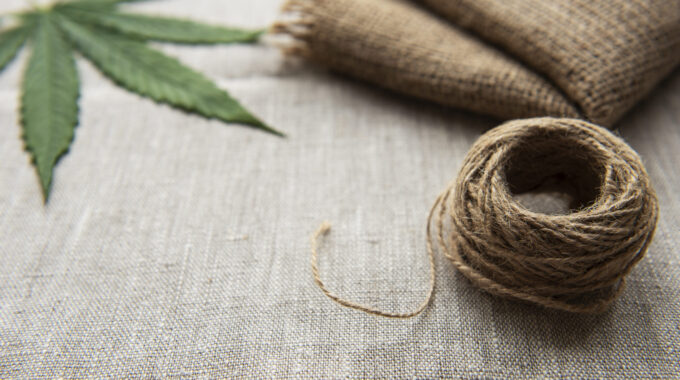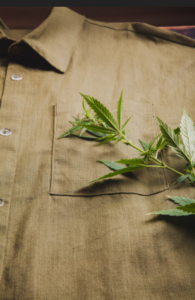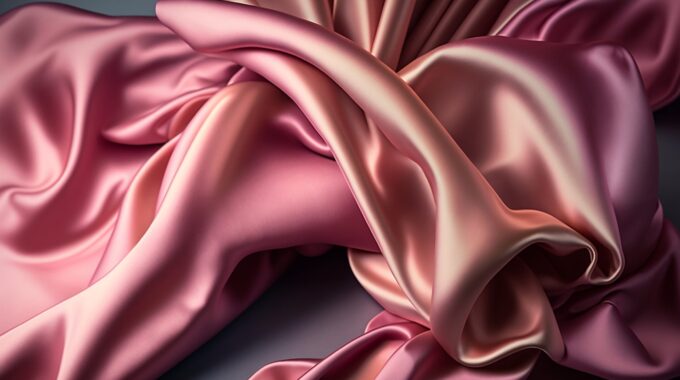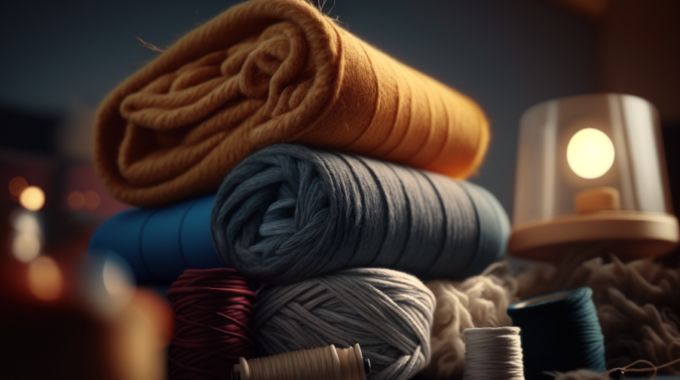In the realm of fabrics, there exists one that reigns supreme in terms of elegance,…

Discovering Versatility of Hemp: From Seeds to Solutions
There is still a significant part of the population who would think about marijuana immediately when they hear hemp. While both of these come from the same Cannabaceae family, Cannabis Sativa plant, they are totally different. Consider hemp as the black sheep of the family.
Here’s a fun fact: Hemp was used for pulling out radioactive elements from the ground near Chernobyl. Prior to that in history, Hemp was, for the first time, used by Levi Strauss to make their first pair of jeans.
Can you believe the diversity of it? Originating from the Cannabis Sativa plant, hemp is a rugged fiber that was used for industrial purposes until Levi’s brought it into the world of textiles.
Hemp has been around us for much longer than the modern brands are advertising. It was present way before cotton. With cannabis becoming a prospect of concern in states and growing popularity of cotton, the presence of Hemp started deteriorating.
Now with changing times and legalization of cannabis, movements towards sustainability and greener fashion, Hemp is creeping back to the limelight. The hemp clothing market is also forecasted to grow up to $81,567.64 million by the year 2030.
The origin of Hemp
The crop of hemp grows quite fast without requiring any fertilizers or toxic pesticides. Conveniently enough, the plant is pest-resistant by itself. It also helps in reducing topsoil erosion.
The plant also demands for less water which results in more saving of the precious resource. In addition to that, it also replenishes the soil with necessities like oxygen, nitrogen, and other nutrients.
There was once a time when Hemp ropes were used to make sails in maritime vessels and even today, it remains at the position where it beats synthetic or cotton textiles.
The production is majorly observed in China, Canada, US, France, Romania, with China being the largest producer at 70% of world’s output.
Most of the textiles made from 100% hemp yarn are done through a process called wet spinning. The blends of hemp on the other hand undergo a process called cotton spinning.
Hemp in clothing
 Hemp’s strong and durable fibers make it highly sought-after material for creating a plethora of products, including clothing. It has remarkable properties that make it shine in the textile industry with the introduction of sustainable fashion.
Hemp’s strong and durable fibers make it highly sought-after material for creating a plethora of products, including clothing. It has remarkable properties that make it shine in the textile industry with the introduction of sustainable fashion.
For the obvious properties of stiffness and its weight, hemp is put through a process of softening before the fibers can be used for textiles. This is done so by employing various organic methods like refined combing technology and other biodegradable methods.
After these processes, hemp doesn’t feel too harsh on the skin and is quite warm whilst retaining its durability. The hemp fiber is also known for high breathability and mildew resistance.
The material has high capacity for absorbance and yet, it has a more sustainable life. This highlights the strength of the fabric. It is also known to be more insulating than cotton fabric.
Famously known brands like Patagonia proudly use hemp for their world-class product lines including t-shirts, hats, shirts, overalls, and much more for men and women.
Sustainability Mirror
 What truly sets it apart is the eco-friendliness. As established earlier, the crop is extremely eco-friendly and cheap and does not contribute towards environmental pollution like others. This makes the fiber one of the most ideal fibers to be used for clothing and a replacement for cotton.
What truly sets it apart is the eco-friendliness. As established earlier, the crop is extremely eco-friendly and cheap and does not contribute towards environmental pollution like others. This makes the fiber one of the most ideal fibers to be used for clothing and a replacement for cotton.
However, with positives comes the compromises. While there are so many rosy things about hemp, there are also certain aspects that one needs to let go of if they want to enjoy the benefits of it.
The natural texture of the fabric is rough and hence, it doesn’t feel highly smooth on skin. It is majorly used by blending with other fabrics that can soften the effect and not feel uncomfortable while wearing.
It has low elastic recovery and as a result, it is easily wrinkled like linen.
While it is great at resisting heat, it might be prone to bacteria under humid conditions. This issue is normally resolved by inducing Copper Naphthenate in the fabric.
With both these sides of the material, Hemp still remains a wise choice for various applications. Its multifaceted magnificence can be explored in the wide range of products birthed from it. This plethora consists of bags, blankets, upholstery, placemats, home decor items, and much more.
Follow us on LinkedIn for more updates.



